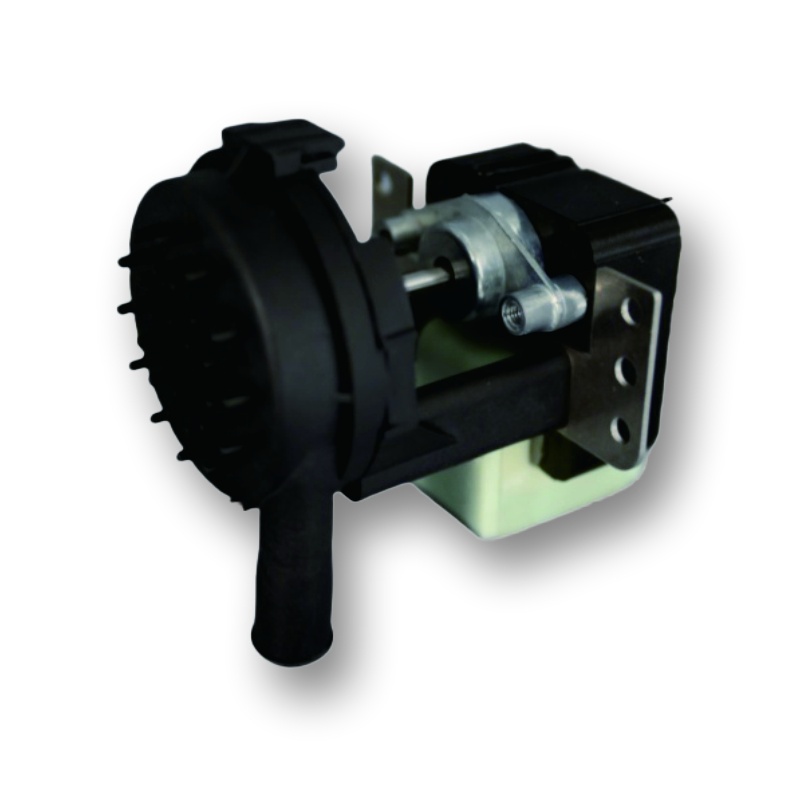Overview of table fan motor Components
Table fans are an essential part of many households due to their compact size, cost-effectiveness, and efficiency in cooling small spaces. A critical component that powers this appliance is the motor, which drives the fan blades to circulate air. Understanding the components of a table fan motor provides insights into its functionality and efficiency.
Functionality of Electric Motors in Fans
Electric motors in table fans serve the primary function of converting electrical energy into mechanical energy to rotate the fan blades. The motor's efficiency determines the overall performance of the fan, affecting factors such as airflow, noise, and energy consumption. Most table fans are equipped with either AC or DC motors, each with distinct operational characteristics.
AC and DC Motors in Table Fans
AC Motors: Reliable and Cost-Effective
AC motors are widely used in household appliances, including table fans, due to their simplicity and reliability. Typically, these are single-phase induction motors known for their durability and low maintenance requirements. They operate by generating a rotating magnetic field through the interaction of the stator's magnetic field with the rotor, producing the torque necessary to spin the blades. These motors are particularly popular among manufacturers and suppliers for their cost-effectiveness.
DC Motors: Precision and Efficiency
DC motors offer precise speed control and higher efficiency, making them an attractive choice for advanced table fan models. Unlike AC motors, DC motors run on direct current, converting it into mechanical motion with enhanced energy efficiency. This allows fans equipped with DC motors to adapt to various speed settings more smoothly, often resulting in lower power consumption and quieter operation. These attributes are appealing for wholesale applications seeking eco-friendly solutions.
Design and Material of Fan Blades
Significance of Blade Design
Fan blades are crucial for effective air circulation and are designed to optimize airflow while minimizing power consumption and noise. The design and angle of the blades significantly impact the performance of the fan. Common designs include three-leaf and four-leaf structures, with materials often ranging from plastic to metal, depending on the manufacturer's cost considerations and desired durability.
Material Impact on Performance
The choice of material for fan blades affects the fan's weight, durability, and noise level. Lightweight materials like plastic result in quieter operation but may reduce durability, whereas metal blades provide robustness and enhanced airflow but can generate more noise. Suppliers must balance these aspects to meet user requirements effectively.
Speed Control Mechanisms
Speed control mechanisms are integral to a table fan's functionality, allowing users to adjust the airflow according to their comfort. Most table fans use a capacitor-based speed control system, which varies the voltage across the motor to control the fan speed. This feature is a significant selling point in wholesale markets, where variability in user preferences is common.
Oscillation Mechanism and Its Importance
The oscillation feature is pivotal for evenly distributing cool air across a room. This mechanism involves a gearbox connected to the motor, enabling the fan to swing from side to side. The ability to cover a wide area with oscillation makes table fans a preferred choice for spaces that require uniform cooling.
Safety Features of Table Fans
The Protective Role of Fan Grills
Safety is a primary concern in fan design, with grills serving a dual purpose of protection and aesthetics. They safeguard users from accidental contact with moving blades, which is especially crucial in homes with children and pets. Manufacturers prioritize sturdy grill designs to enhance safety while maintaining an appealing look.
Thermal Overload Protection
Many modern table fans come equipped with thermal overload protectors to prevent overheating. This feature ensures the motor operates within safe temperature limits, extending the life of the fan and preventing potential hazards related to excessive heat.
Energy Efficiency and Environmental Impact
Table fans are recognized for their energy efficiency, consuming significantly less power than air conditioning units. This efficiency makes them an environmentally friendly choice, reducing energy consumption and associated costs. Energy-efficient models are increasingly favored by wholesalers catering to environment-conscious customers.
Maintenance for Optimal Performance
Cleaning and Lubrication
Regular maintenance is key to prolonging the lifespan and performance of a table fan. This includes cleaning the blades and grills to prevent dust accumulation, ensuring smooth airflow, and lubricating the motor components to reduce friction and wear.
Checking for Loose Parts
Inspecting the fan for loose screws or components is essential to avoid operational issues such as unwanted noise and vibration. Suppliers often provide maintenance guidelines alongside their products to assist users in keeping their fans in optimal condition.
Innovations in Table Fan Motor Technology
Recent advancements in motor technology, such as Brushless DC (BLDC) motors, have paved the way for more efficient and quieter table fans. These motors offer improved performance and energy savings, making them a popular option among manufacturers looking to enhance their product offerings.
Hanlang Technology Provide Solutions
At Hanlang Technology, we specialize in offering innovative and reliable solutions for table fan motors. Our products are designed to meet the highest standards of efficiency and performance, catering to manufacturers and suppliers seeking advanced motor technologies. We provide customized solutions that enhance the functionality of table fans, ensuring superior airflow, reduced noise, and extended operational life. Partner with us to integrate cutting-edge motor technology into your fan products, delivering unmatched value to your customers.




